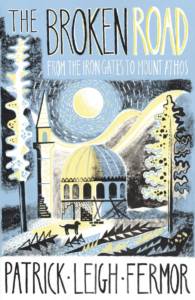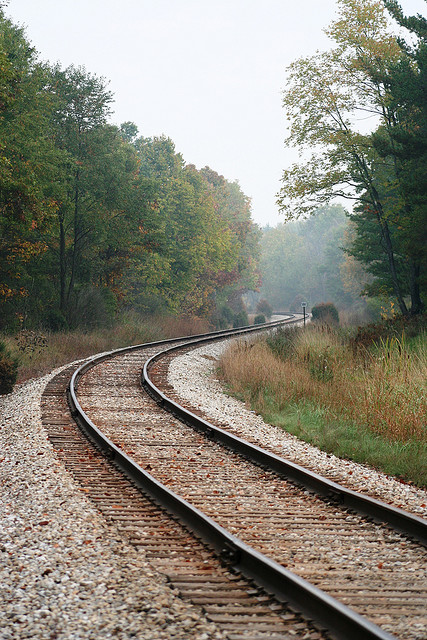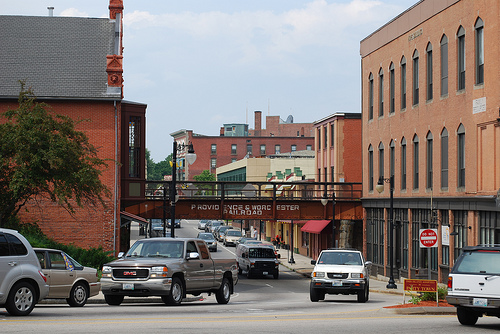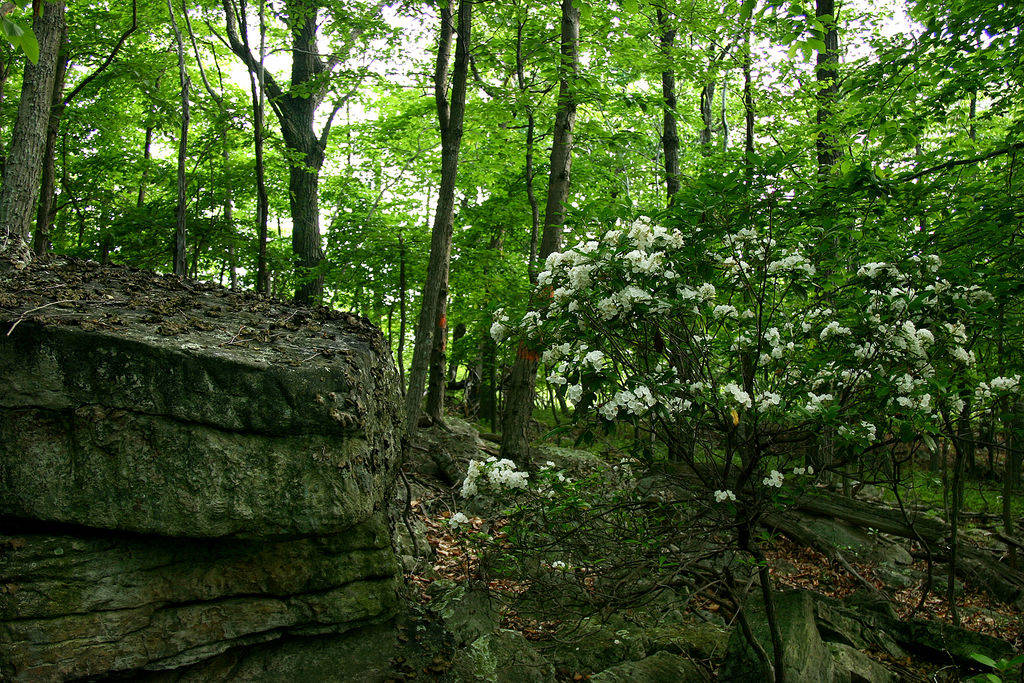
The beloved British travel writer Patrick Leigh Fermor’s long-awaited last book made it into print in March, three years after his death and seventy-nine after the adventure that inspired it. The Broken Road is the third and last volume of Leigh Fermor’s winsome, nostalgic, and poetic memoir of his two-year walk across Europe to Constantinople, as the philhellene Leigh Fermor called Istanbul to the end.The first volume, A Time of Gifts (1977), begins in 1933—he was eighteen—at the Hook of Holland and ends on a Danube bridge linking Hungary and Slovakia. Between the Woods and the River (1986), picks up there and ends at the narrow defile called The Iron Gates (since drowned by a man-made lake) where the Danube enters Bulgaria. This last volume meanders through Bulgaria and Romania, crosses the Bosphorus, and ends in January, 1935, with a contemplative sojourn in the monasteries of Mount Athos in Greece, the country Leigh Fermor ultimately called home.













